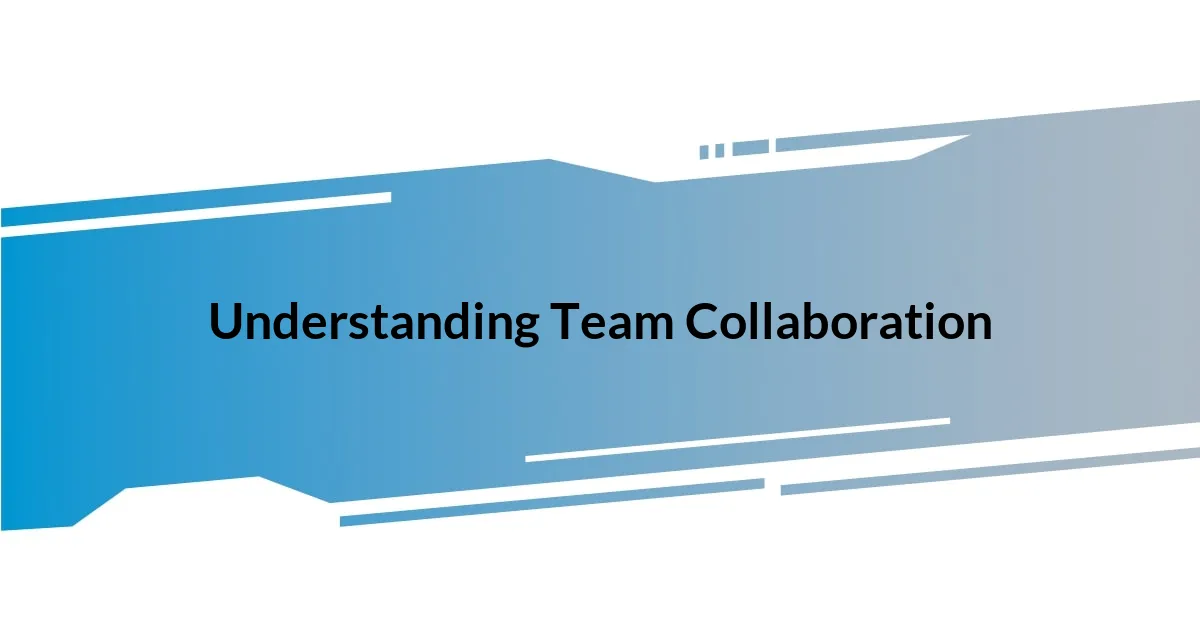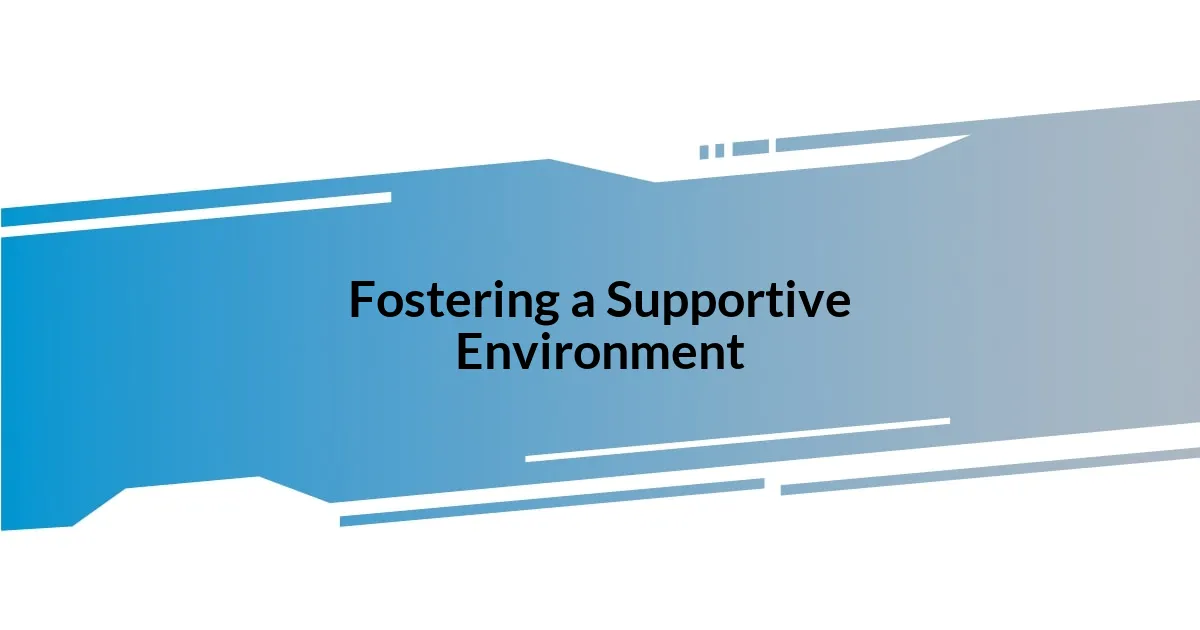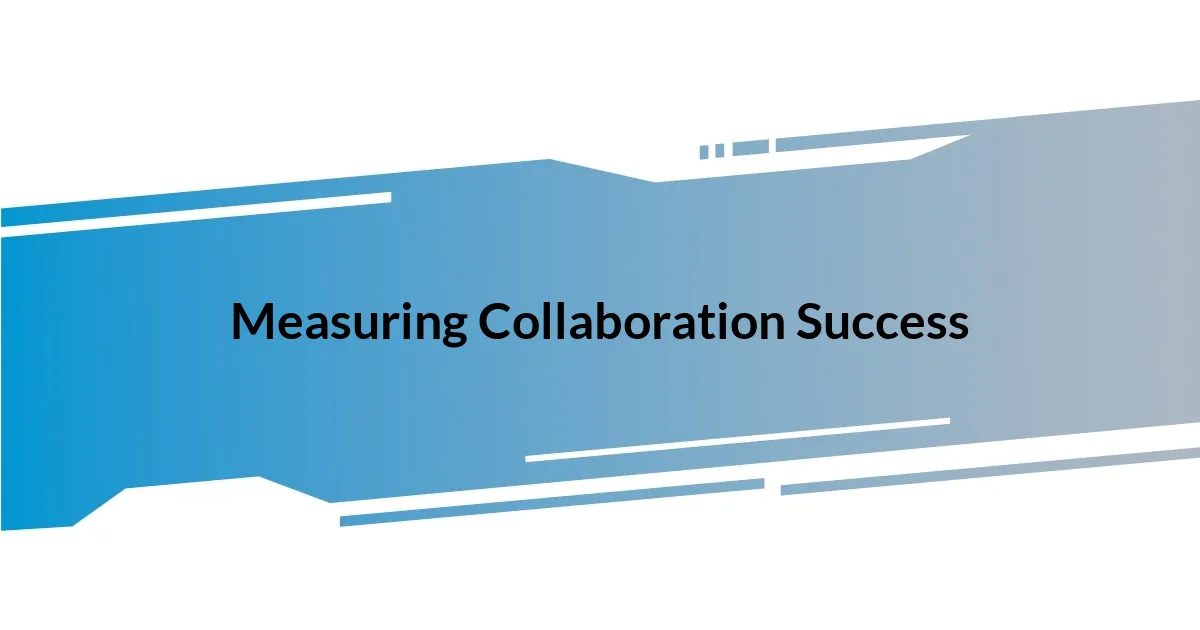Key takeaways:
- Effective team collaboration thrives on open communication and trust, fostering a safe environment for idea sharing.
- Identifying and addressing collaboration challenges, such as misaligned goals and undefined roles, is crucial for team productivity.
- Encouraging diverse perspectives can lead to innovative solutions and enhances overall team performance.
- Establishing clear communication channels and recognizing team contributions are essential for maintaining motivation and camaraderie.

Understanding Team Collaboration
Effective team collaboration is not just a buzzword; it’s the heartbeat of any successful project. I remember a time when our team was stuck in silos, each member working in isolation. It was frustrating—wouldn’t you agree? That’s when I realized we needed to foster open communication, breaking down those invisible walls.
When I reflect on successful collaborations, I think about the importance of trust. I once struggled with a project where team members hesitated to share their ideas out of fear of criticism. That experience taught me how essential it is to create a safe space for everyone to express their thoughts freely. Have you ever been in a situation where you held back your ideas because you weren’t sure they would be valued? I certainly have, and it made me realize that encouragement can turn fear into innovation.
Another valuable lesson I learned is that understanding diversity in team collaboration goes beyond differences in skills. It encompasses varied perspectives and experiences that each individual brings to the table. I recall a brainstorming session where contrasting viewpoints sparked creativity in ways we hadn’t anticipated. Isn’t it fascinating how a simple shift in approach can lead to breakthrough solutions? Embracing these differences can truly elevate a team’s performance.

Identifying Collaboration Challenges
Identifying the challenges in collaboration can often feel daunting. One of my early team experiences involved misaligned goals, which wreaked havoc on our productivity. Imagine coming in every day, pouring effort into tasks that didn’t contribute to our main objective—it’s disheartening, isn’t it? I learned that without a clear understanding of our shared goals, collaboration can quickly fall apart, leaving everyone feeling frustrated.
Another barrier I’ve encountered is communication breakdown. There was a project where we relied solely on emails for updates, which led to misunderstandings and missed deadlines. I found myself wishing we had weekly check-ins instead. Do you think a simple, regular discussion could alleviate some of those issues? Absolutely! I believe direct and consistent communication can act as a glue that holds the team together, reinforcing trust and clarity.
Lastly, a lack of defined roles can create chaos. I vividly recall a time when team members were unsure of who was responsible for what. It felt like we were all stepping on each other’s toes, each person guessing at their responsibilities. This ambiguity not only caused anxiety but also stifled our collaboration. Reflecting on this, I realized how vital it is to have clearly defined roles; they instill confidence and empower team members to work effectively together.
| Collaboration Challenge | Description |
|---|---|
| Misaligned Goals | A shared vision is crucial; without it, efforts can diverge into frustration. |
| Communication Breakdown | Relying on one medium, such as email, can lead to misunderstandings. |
| Undefined Roles | Confusion over responsibilities can stifle progress and create tension within the team. |

Establishing Clear Communication Channels
Establishing effective communication channels has been a game-changer for my teams. I remember a time when we leaned heavily on chat apps, but those messages often got lost in the noise. It felt overwhelming, as important updates buried under endless threads made it challenging to stay on the same page. I’ve learned that clear guidelines on communication tools are necessary—defining which platform to use for what type of conversation can help mitigate confusion significantly.
It’s helpful to implement structured communication frameworks. Here’s what I discovered worked well:
- Daily Stand-ups: These quick meetings keep everyone aligned and energized.
- Dedicated Channels: Setting up specific channels for project updates can declutter the conversation.
- Feedback Loops: Regularly scheduled check-ins create opportunities for team members to voice concerns or iterate on ideas.
- Visual Hubs: Using shared documents or dashboards to track progress simplifies understanding for everyone.
By reflecting on these strategies, I’ve seen not only efficiency improve but also the overall morale of the team. Clear communication channels provide a framework where everyone feels informed and engaged in the journey forward.

Encouraging Diverse Perspectives
Encouraging diverse perspectives is vital for enriching team collaboration. I recall a team brainstorming session where we aimed to tackle a significant challenge. As I watched my colleagues share their thoughts, I was reminded of how powerful it is to let every voice be heard. The ideas that emerged from our diverse backgrounds sparked discussions that none of us could have anticipated. Have you ever found yourself surprised by a solution that was completely outside your usual thought patterns? It’s moments like these that highlight the necessity of nurturing a culture where everyone feels comfortable expressing their unique viewpoints.
I’ve also learned that actively seeking out diverse perspectives can transform a project. There was a time when I invited team members from different departments to contribute to a project’s development. Initially, I worried that conflicting ideas would create tension. Instead, those differing opinions led to innovative solutions that elevated our final output. This experience taught me that, when managed well, diversity isn’t just about inclusion—it’s about unleashing creativity. Was I scared to see how varying opinions would clash? Yes, but the resulting synergy was exhilarating, proving that the mix made us stronger.
It’s important to create an environment where diverse perspectives thrive. I sometimes conduct anonymous surveys to gauge team sentiments on various ideas. It was eye-opening to see that some of my quieter team members had brilliant insights but were hesitant to share them openly. By giving them a platform that feels safe, I watched as they gradually became more engaged and collaborative. Doesn’t it feel rewarding to know you are harnessing the full potential of your team by valuing every individual’s thoughts? Embracing diversity enriches our collective efforts, making us more innovative and adaptable.

Implementing Collaborative Tools
When it comes to implementing collaborative tools, I’ve discovered that choosing the right platforms is crucial. In one of my previous teams, we experimented with project management software and quickly learned that not all tools are created equal. I vividly remember the headaches we faced when a tool was difficult to navigate, resulting in frustration and disengagement. What worked wonders for us was selecting tools that are intuitive and user-friendly. This helped everyone adapt quickly and stay focused on what truly matters—collaboration.
Another essential aspect is integration. I recall a project where we had multiple tools—email, chat apps, and a project tracker—all working in silos. It looked productive at first glance, but in reality, it made collaboration cumbersome. We decided to integrate everything into a single platform, which streamlined our workflow significantly. I found that this approach not only saved time but also improved our communication. Have you ever felt overwhelmed by jumping between apps? This seamless experience rekindled our team spirit and kept us on the same wavelength.
Lastly, training and onboarding are often overlooked but are vital for successful tool implementation. I remember leading a session where I shared tips and tricks for using our chosen software effectively. Watching the team’s confidence grow over those sessions was a game-changer. Their questions revealed gaps in understanding, which I hadn’t even considered. I genuinely believe that investing in proper training creates a sense of ownership among team members. Doesn’t it feel fantastic to see your colleagues thrive when they have the right tools and knowledge at their disposal? Empowering the team with these resources sets the stage for collaboration to flourish organically.

Fostering a Supportive Environment
Creating a supportive environment for effective collaboration is one of the most significant lessons I’ve learned. I remember a time when a team member was going through a challenging personal situation, which understandably affected their performance. Instead of pushing through the project deadlines without considering their feelings, I made it a point to check in with them. A simple gesture, like offering flexible work hours or just lending a listening ear, transformed not just their morale, but also the entire team’s dynamics. Have you ever experienced how an empathetic approach can lighten the load for everyone involved?
Another key aspect is recognizing contributions, both big and small. In my experience, celebrating milestones boosts the collective spirit. For instance, during a recent project, we took the time to acknowledge not just the final success, but also the individual efforts that led us there. I initiated a team shout-out during meetings, highlighting everyone’s unique contributions. It felt uplifting to see the smiles and hear the appreciation echoed back. Isn’t it amazing how a little recognition can enhance motivation and encourage others to step up?
Lastly, providing opportunity for team members to connect on a personal level fosters deeper relationships. I once organized informal coffee chats where team members could share their interests outside of work. These relaxed conversations often led to surprising collaborations on projects since we discovered common passions. I felt a noticeable shift in how we collaborated after these chats; the atmosphere morphed into one of trust and camaraderie. Isn’t it interesting how personal connections can enrich our professional endeavors?

Measuring Collaboration Success
Measuring the success of collaboration can often feel like navigating a maze without a map. In one of my recent projects, I introduced team surveys to gather honest feedback on our collaborative efforts. It was eye-opening to see how different perspectives shaped our understanding of what was working—or not. Have you ever realized that sometimes the loudest voices drown out the quiet insights? The trick was distilling these responses into actionable points, which helped us pivot and improve our approach.
Additionally, tracking progress through shared goals became a vital metric for us. I remember defining clear, measurable objectives at the start of a project. This created a sense of accountability among team members, as we could visually see our progress on a shared timeline. It’s an exhilarating feeling when you can witness milestones being met together, right? That tangible sense of achievement not only boosted our morale but also reinforced the importance of collaboration.
Lastly, I learned that recognizing the quality of interactions is just as important as the quantity. I often reflect on a project where we prioritized brainstorming sessions over endless emails. The discussions sparked creativity and built camaraderie that mere messages couldn’t replicate. Have you noticed how a lively conversation can ignite new ideas? By focusing on fostering meaningful exchanges, I discovered we weren’t just collaborating; we were building a vibrant team culture.